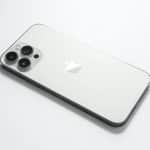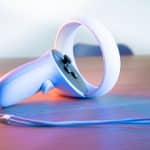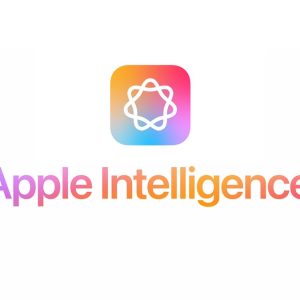Apple’s highly-anticipated augmented reality/virtual reality (AR/VR) headset, slated for introduction at the forthcoming Worldwide Developers Conference (WWDC), has been at the center of rumors for featuring 4K micro OLED displays, summing up to a total resolution of 8K. Recently, Ross Young, a renowned display analyst, shed more light on the headset’s expected display specifications.
The dual displays of the device, each measuring 1.41 inches diagonally, are aimed to deliver over 5000 nits of brightness and a pixel density of 4000 pixels per inch. Comparing these specifications to those of competitors such as Sony and Meta is challenging due to the lack of detailed advertising beyond resolution and pixel density, but Young’s insights offer some valuable context.
Apple’s AR/VR headset, with a brightness of around 5k nits, would be equipped to support HDR or high dynamic range content, a feature seldom seen in existing VR headsets in the market. To illustrate, Meta Quest 2 offers only around 100 nits of brightness without HDR, and HoloLens 2 provides 500 nits. Sony’s PSVR 2 headset, while offering HDR functionality when linked to an HDR display, delivers only approximately 265 nits of brightness.
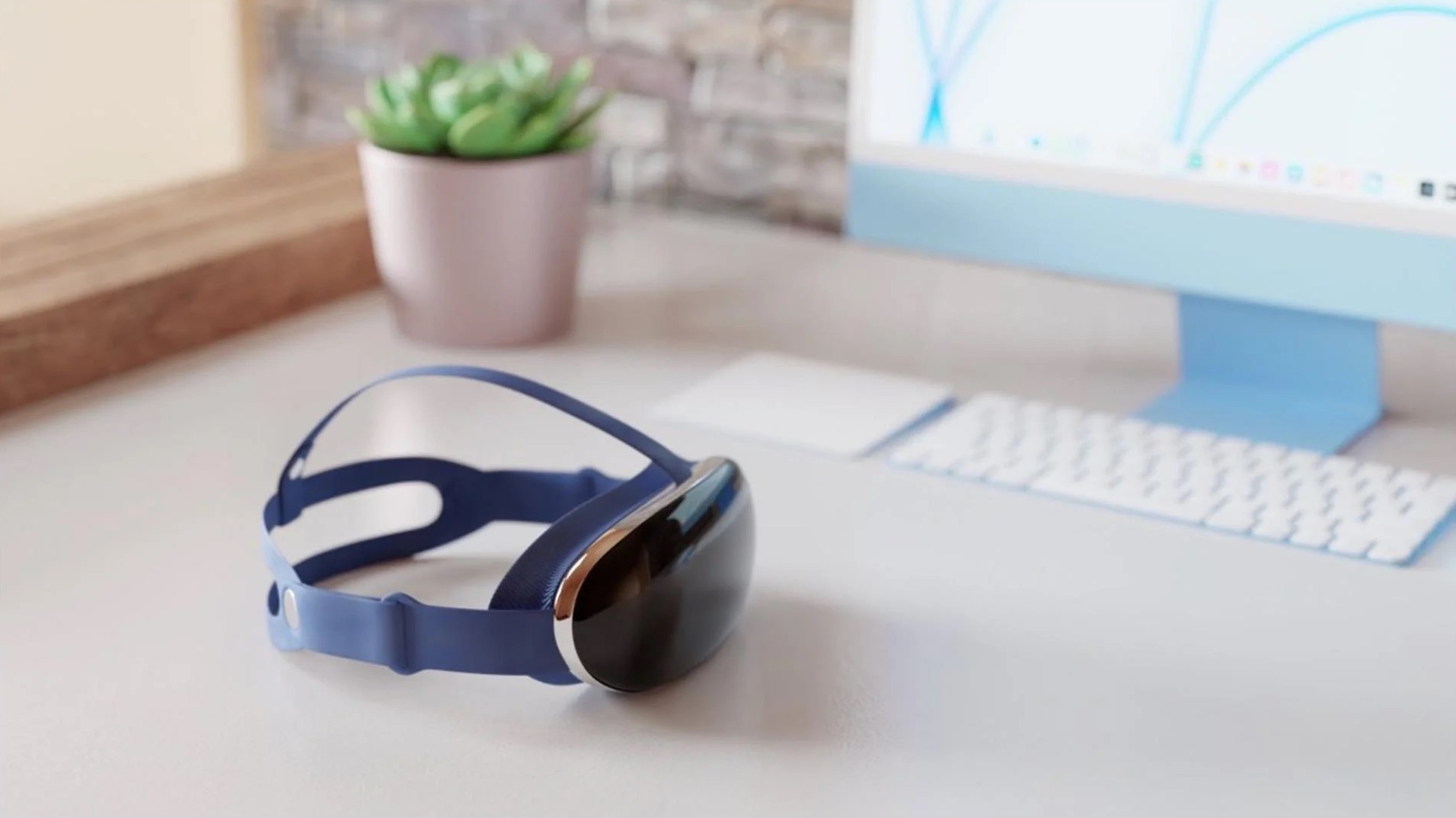
The specification of 5k nits primarily refers to peak brightness, implying that it wouldn’t overstrain users’ vision. Instead, it promises superior contrast, more vibrant colors, and improved highlights compared to currently available headsets. Peak brightness is a crucial metric for HDR displays, signifying their ability to depict color and contrast effectively.
For comparison, high-end TVs deliver around 2,000 to 5,000 nits of brightness. Samsung’s 98-inch TV and Neo QLED TVs, for instance, can reach 5,000 and 4,000 nits peak brightness respectively, offering a “beyond-life-like experience.”
The rumored brightness target of 5000+ nits for Apple’s headset, if achieved, will set it far ahead of its competitors in terms of display experience, also paving the way for future AR glasses. AR glasses require high brightness to counteract sunlight and other light sources, and at lower brightness, AR content superimposed on a real-world view risks getting washed out.
The speculated 8K resolution of Apple’s AR/VR headset surpasses that of offerings from Meta and others, including Meta’s top-tier Quest Pro 2, which offers a resolution of 1800 x 1920 pixels per eye and around 1200 pixels per inch using LCD display technology.
The sophisticated displays planned for Apple’s AR/VR headset are likely the costliest component, contributing significantly to the projected price of $2,999.
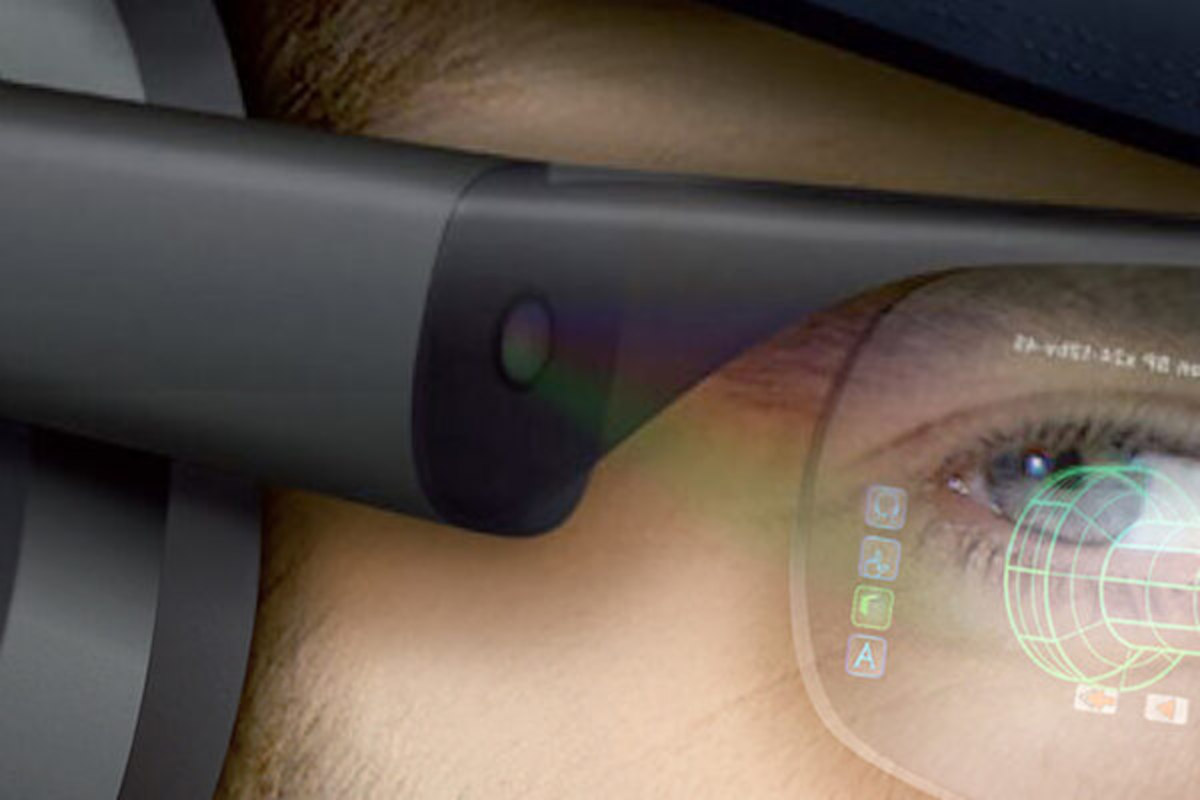
At this price point, while being one of the pricier virtual reality headsets in the market, Apple’s AR/VR headset remains competitively priced with AR products like Magic Leap 2 and HoloLens 2.





